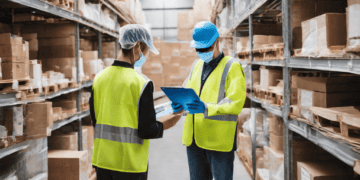When supply is bountiful, the well-oiled and omnipresent supply chain network is typically taken for granted. But as the ripple effects of recent supply chain splutters are increasingly felt around the world, this critical network has come under the spotlight.
From a temporary dearth of daily essentials like toilet paper at the start of the pandemic to a chronic semiconductor shortage that has hit the output of everything from new cars to the latest gaming consoles, supply chain snarls have caused widespread disruptions.
Many may have initially regarded such shortages as transitory. But as the pandemic wears on after two years, riding out the crisis now requires a fundamental rethink of the entire supply chain network.
The pandemic has been a perfect storm that exposed hidden vulnerabilities in the supply chain. Gone are the days of maintaining lean inventories and operating on just-in-time replenishment – these cost reduction strategies quickly backfired as they removed the buffers which could have cushioned the effect of disruptions.
What is needed now is a new supply chain model that is more predictable, nimble and resilient to global demand and supply shocks, which would otherwise cause cascading issues in industrial supply chains.
The technological makeover
The future of supply chains is one that is driven by more automation, transparency, predictability, responsiveness and resilience. COVID-19 could well be the black swan event that catalyses the digital transformation of supply chains.
While there is no single solution to building resilient supply chains, networks will have to be reconfigured for the pre-new and new normal. Innovation and the use of technology are the prerequisites for overcoming this and subsequent waves of disruption.
The next big thing that supply chains need is end-to-end digital transformation of their processes. The good news is, the technology is ready. With artificial intelligence (AI), blockchain, the internet of things (IoT), machine learning and autonomous robotics, businesses and governments can easily deploy cutting-edge technology tools within a one stop trade compliance management system and thrive in this new environment.
Today, supply chains are facing the double jeopardy of surging demand and shortages in labour, key components and raw material. As supply chains grow in complexity, AI is the game changer. It can analyse huge sets of data and map out previously unseen relationships, while providing better visibility into operations. The analytics and predictions can then support better and faster decision-making by supply chain managers throughout – from planning to procurement to production.
IoT complements AI technology by enabling full visibility of raw and finished goods from farm to table, factory to store. Logistics partners which are equipped with IoT tracking are able to collect and use data for better inventory management, transport planning and incident response. And when combined with machine learning models, bottlenecks and other supply disruptions can be better predicted. This responsiveness translates to not just cost effectiveness, but also more resilience.
The suite of technologies, when fully implemented, will enable full end-to-end transparency for more intelligent decision-making and resilient supply chain management.
In the bigger picture, the adoption of such technologies across the entire supply chain by both private and public actors will lead to a longer-term solution: integrated digital supply networks that are more responsive to shocks on the demand and supply side. With omnidirectional information flows between suppliers, producers and end users, the impact of such shocks can be mitigated.
The way forward
All participants of supply chains must work out a new model that focuses on streamlining workflow and improving efficiency through collaboration and digital adoption.
The first step is to improve visibility across the entire supply chain for a better picture of the current situation.
Should companies that have moved offshore come back onshore? How about reshoring or nearshoring? Or is nearshoring the best compromise between costs, efficiency and diversification of resources? With better insights into the flow of goods, this will empower firms to plan, source, collaborate and automate more intelligently with advanced analytics supporting their supply chain decisions.
A recent McKinsey study1 bears this out. On realising the benefits of digital transformation, 71 per cent of companies surveyed that had difficulties managing their supply chains during the crisis indicated that they are ramping up their use of advanced analytics.
Beyond solving today’s problems, a digitally-enabled supply chain will facilitate more accurate carbon accounting and trade compliance audits across the supply chain. This supports the environmental, social and governance (ESG) goals of companies as we work towards a carbon-neutral future. With the supply chain contributing to a sizable part of carbon emissions, this will revamp the supply chain networks to mitigate the environmental impact in the longer term, while juggling ongoing cost reduction and profit maximisation goals.
But the ultimate key to revitalising the model is the creation of a collaborative and open supply chain network, where innovations and information are shared freely. This allows all stakeholders along the chain to seamlessly share data and insights, and work towards the common goal of Supply Chain 4.0.
We see this materialise as a synergistic and interoperable Total Trade platform across government-centric and business-centric services, integrating global supply chain orchestration with simplified customs processes. Through our one-stop open and flexible Trade Facilitation Platform (TFP) and CALISTA global supply chain platform, everyone will be able to attain new levels of accessibility, predictability and efficiency in cross-border trade – a win-win proposition for all as we leapfrog in the post-COVID world.
Ready to digitalise and future-proof your supply chain operations in the new normal? CrimsonLogic partners with governments and businesses globally to build innovative and sustainable solutions for end to end customs clearance integration and management.
Crimsonlogic (CL) is part of the PSA Group and a pioneer in the Singapore tech industry with over 30 years of international experience in Trade Facilitation within both the public and private sectors. With offices spanning 4 continents and linkages to 61 Customs nodes globally, CL offers a world-class, integrated Total Trade solution for both governments and businesses, empowering trade connectivity at all levels – G2G, G2B and B2B. Synergizing processes across customs, government agencies and the trade community, CL enables holistic management of trade compliance regimes from pre to post phases of trade to optimize integration, interoperability and efficiency.
Find the latest supply chain report news at The Supply Chain Report. For international trade tools, see ADAMftd.com.
#SupplyChainInnovation #AIinSupplyChain #BlockchainSolutions #IoTLogistics #SupplyChainTech #EndToEndVisibility #ResilientSupplyChain #DigitalTransformation #SmartSupplyChains #AdvancedAnalytics #SupplyChain4_0 #SustainableTrade #TradeCompliance #ESGGoals #CrimsonLogic #TradeFacilitation #PSAGlobal #LogisticsTech #SupplyChainAutomation

















